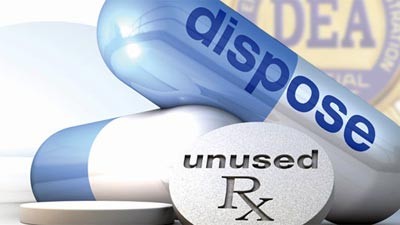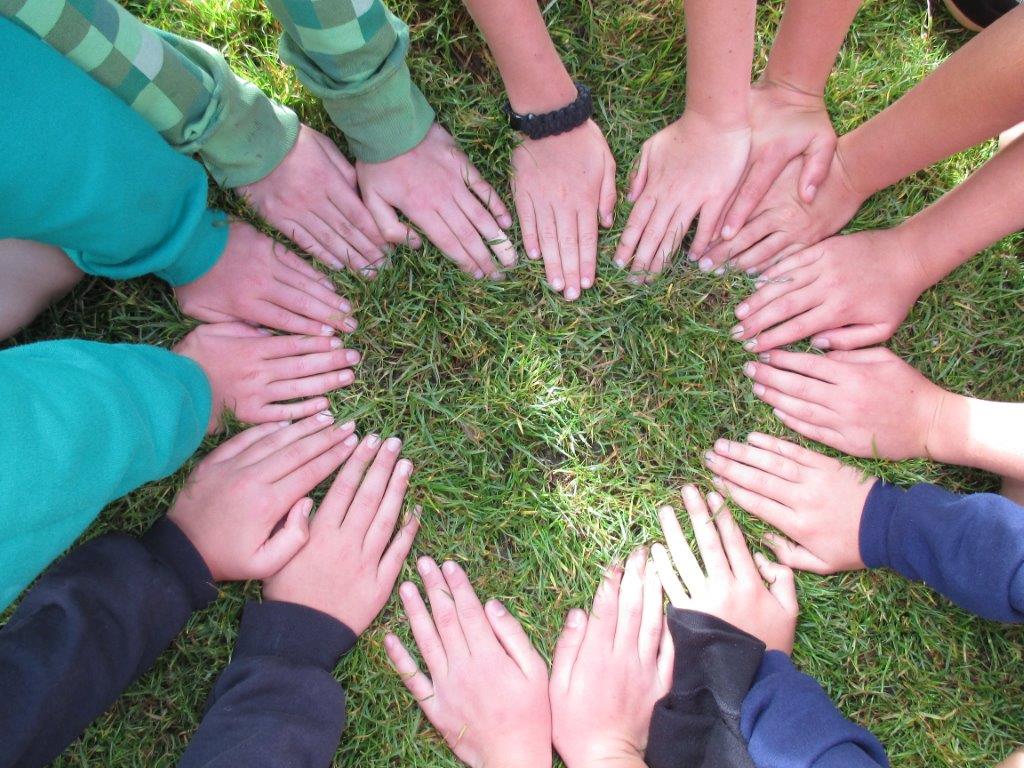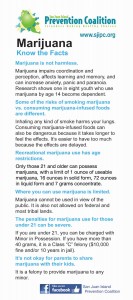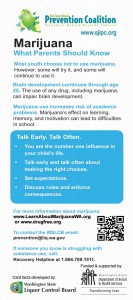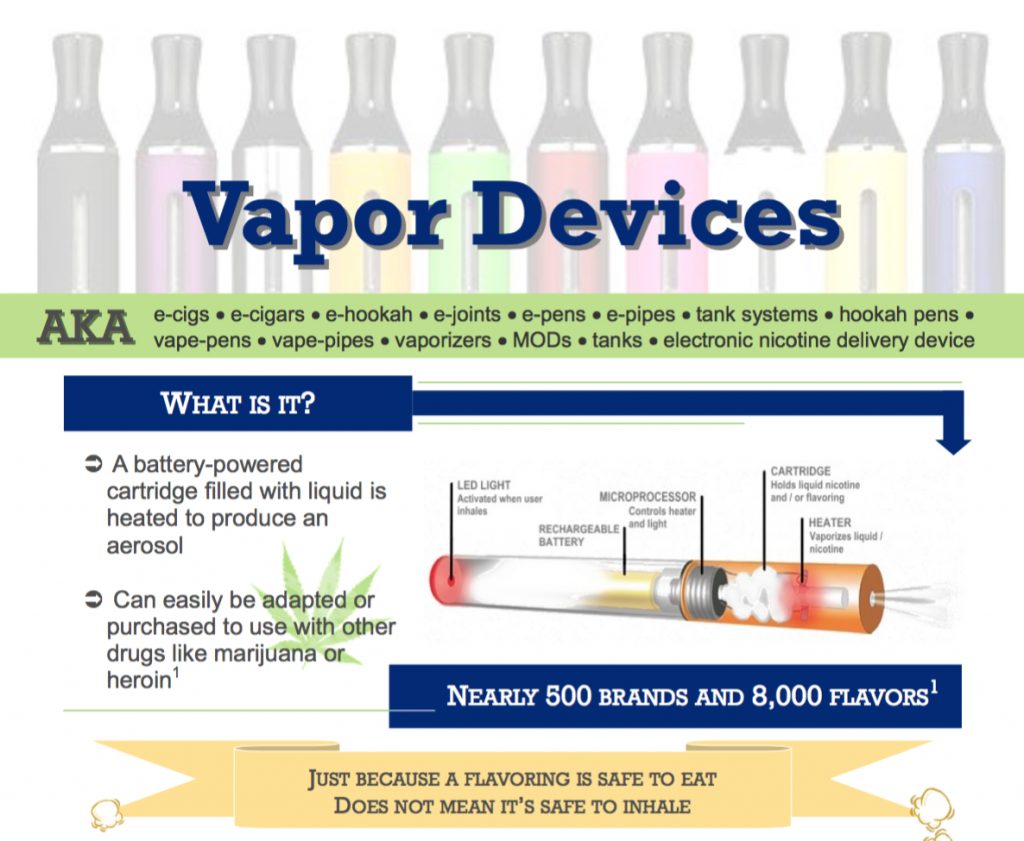 Addiction
Addiction

• 1 in 10 people who try marijuana will become addicted to it, developing a dependence that produces withdrawal, cravings.
• If marijuana use starts in adolescence, the chances of addiction are 1 in 6.i
• Long-term studies from the USA and New Zealand have shown that regular cannabis smokers report more symptoms of chronic bronchitis than non- smokers.ii
• And today’s marijuana is not the marijuana of the 1960s; potency has tripled in the past 15 years, according to a 2009 report from the U.S. government. It has grown 5 times since 1960.
• In the U.S. since 1990, more people have gone to the emergency room after using marijuana even though the overall numbers of marijuana users has remained relatively stable.iii
• In the U.S., cannabis emergency rates have been rising sharply for cannabis- related admissions. Visits to hospital emergency departments because of cannabis use have risen from an estimated 16,251 visits in 1991 to more than 374,000 in 2008.iv
The Brain and Mental Health
• Marijuana use directly affects the brain, specifically the parts of the brain responsible for memory, learning, attention, and reaction time. These effects can last up to 28 days after abstinence from the drug.v

• Science confirms that the adolescent brain, particularly the part of the brain that regulates the planning complex cognitive behavior, personality expression, decision-making and social behavior, is not fully developed until the early to mid-20s. Developing brains are especially susceptible to all of the negative effects of marijuana and other drug use.vi
• Marijuana use is significantly linked with mental illness, especially schizophrenia and psychosis, but also depression and anxiety.vii
The Heart
• Marijuana use can cause an increase in the risk of a heart attack more than four-fold in the hour after use, and provokes chest pain in patients with heart disease.viii
The Lungs
• Research has shown marijuana smoke to contain carcinogens and to be an irritant to the lungs, resulting in greater prevalence of bronchitis, cough, and phlegm production.ix
• Marijuana smoke, in fact, contains 50-70 percent more carcinogenic hydrocarbons than tobacco smoke.x
• Evidence linking marijuana and lung cancer are mixed, with a recent study stating that “cannabis smoking increases the risk of developing a lung cancer independently of an eventual associated tobacco exposure.”xi Other studies have failed to find such a link.xii
• Marijuana smoke also includes an enzyme that converts some hydrocarbons into a cancer-causing form, potentially accelerating the changes that produce malignant cells.xiii
• Mark Gold, perhaps the most distinguished professor in the country on drugs and the brain and body, said, “It is possible, but not proven, that cannabis smoke may be less toxic than cigarette smoke, but it is not better than clean air. Clear, unbiased, and convincing evidence of safety and comparable efficacy are needed for therapeutic claims. It is smoke, after all.” “Columbus brought Tobacco to the ‘New World’ and it took nearly 500 years for absolute proof of tobacco smoke dangerousness to be established,” Gold continued. “To this day, each year, over 400,000 United States deaths are due to tobacco smoke.
Pregnancy
• Marijuana smoking during pregnancy has been shown to decrease birth weight, most likely due to the effects of carbon monoxide on the developing fetus.xiv
IQ, Learning, and Job Performance
• One of the most well designed studies on marijuana and intelligence, released in 2012, found that persistent, heavy use of marijuana by adolescents reduces IQ by as much as eight points, when tested well into adulthood.xv
• Other studies have found that marijuana use is linked with dropping out of school, and subsequent unemployment, social welfare dependence, and a lower self-reported quality of life than non-marijuana abusing people.xvi
• According to the U.S. National Survey on Drug Use and Health, youth with poor academic results were more than four times as likely to have used marijuana in the past year than youth with an average of higher grades. This is consistent with an exhaustive meta-analysis examining forty-eight different studies by Macleod and colleagues, published by Lancet, who found that marijuana use is consistently associated with reduced grades and a reduced chance of graduating from school.xvii
• In addition, studies have linked employee marijuana use with “increased absences, tardiness, accidents, workers’ compensation claims, and job turnover.”xviii
i Wagner, F.A. & Anthony, J.C. From first drug use to drug dependence; developmental periods of risk for dependence upon cannabis, cocaine, and alcohol. Neuropsychopharmacology 26, 479-488 (2002).
ii Tetrault, J. M., Crothers, K., Moore, B. A., Mehra, R., Concato, J., & Fiellin, D. A. (2007). Effects of marijuana smoking on pulmonary function and respiratory complications. Archives of Internal Medicine, 167(3):221-228.
iii Substance Abuse and Mental Health Services Administration, Center for Behavioral Health Statistics and Quality. (2011). Drug Abuse Warning Network, 2008: National Estimates of Drug-Related Emergency Department Visits. HHS Publication No. SMA 11-4618. Rockville, MD.
iv Substance Abuse and Mental Health Services Administration, Center for Behavioral Health Statistics and Quality. (2011). Drug Abuse Warning Network, 2008: National Estimates of Drug-Related Emergency Department Visits. HHS Publication No. SMA 11-4618. Rockville, MD.
v Hall W & Degenhard L (2009). Adverse health effects of non-medical cannabis use. Lancet, 374:1383-1391
vi Giedd. J. N. (2004). Structural magnetic resonance imaging of the adolescent brain. Annals of the New York Academy of Sciences, 1021, 77-85.
vii Moore TH, Zammit S, Lingford-Hughes A, et al. Cannabis use and risk of psychotic or affective mental health outcomes: A systematic review. Lancet 370(9584):319–328, 2007. Also Large, M., Sharma S, Compton M., Slade, T. & O., N. (2011). Cannabis use and earlier onset of psychosis: a systematic meta-analysis. Archives of General Psychiatry. 68. Also see Arseneault L, et al. (2002). Cannabis use in adolescence and risk for adult psychosis: longitudinal prospective study. British Medical Journal. 325, 1212-1213.
viii Hall W & Degenhard L (2009). Adverse health effects of non-medical cannabis use. Lancet, 374:1383-1391.
ix Tetrault, J.M., et al. Effects of cannabis smoking on pulmonary function and respiratory complications: a systematic review. Arch Intern Med 167, 221-228 (2007).
x Hoffman, D.; Brunnemann, K.D.; Gori, G.B.; and Wynder, E.E.L. On the carcinogenicity of marijuana smoke. In: V.C. Runeckles, ed., Recent Advances in Phytochemistry. New York: Plenum, 1975.
xi Brambilla, C., & Colonna, M. (2008). Cannabis: The next villain on the lung cancer battlefield? European Respiratory Journal, 31:227-228.
xii Bello, D. (2006). Large study finds no link between marijuana and cancer. Scientific American, Available at: http://www.scientificamerican.com/article.cfm?id=large-study-finds-no-link
xiii Tashkin, D. P. (1999). Effects on marijuana on the lung and its defenses against infection and cancer. School Psychology International, 20(1):23-37.
xiv Hall W & Degenhard L (2009). Adverse health effects of non-medical cannabis use. Lancet, 374:1383-1391.
xv Meier et al. (2012). Persistent cannabis users show neuropsychological decline from childhood to midlife. Proceedings of the National Academy of Sciences.
xvi Fergusson, D. M. and Boden, J. M. (2008), Cannabis use and later life outcomes. Addiction, 103: 969–976.
xvii Macleod, J.; Oakes, R.; Copello, A.; Crome, I.; Egger, M.; Hickman, M.; Oppenkowski, T.; Stokes- Lampard, H.; and Davey Smith, G. Psychological and social sequelae of cannabis and other illicit drug use by young people: A systematic review of longitudinal, general population studies. Lancet 363(9421):1579-1588, 2004.
xviii National Institute on Drug Abuse (NIDA). (2011). Research Report Series: Cannabis Abuse. Accessed November 2011 at http://www.drugabuse.gov/ResearchReports/Cannabis/cannabis4.html




